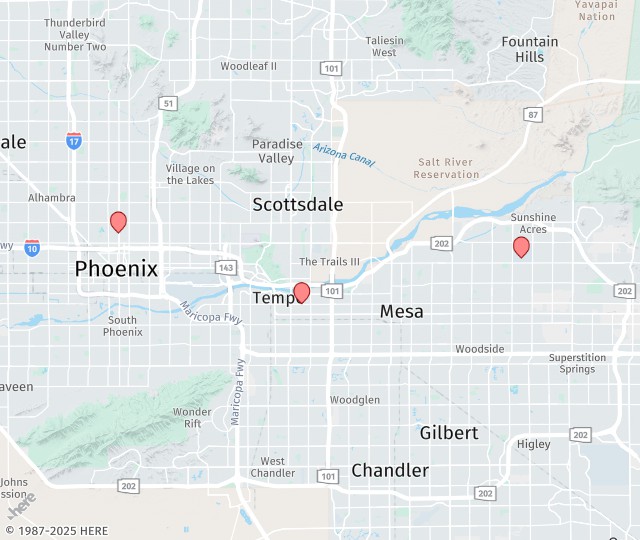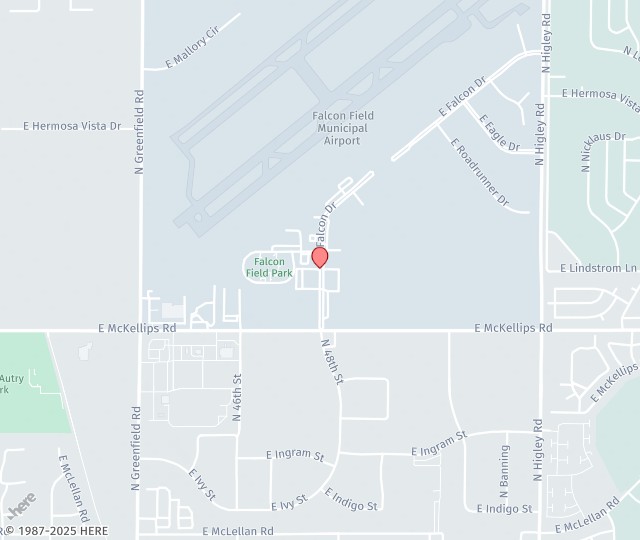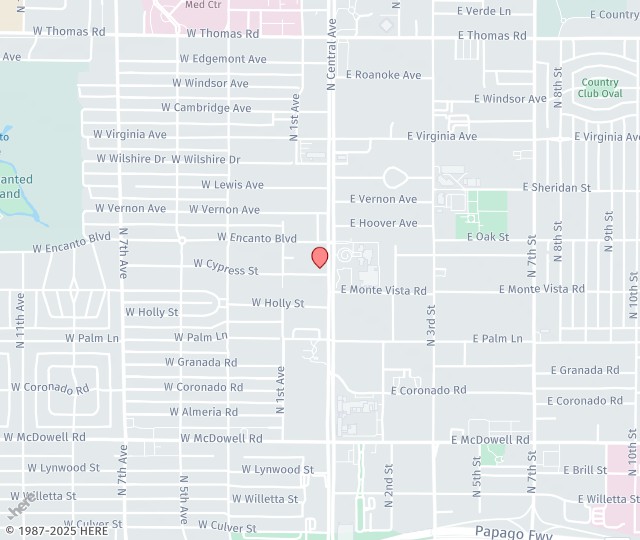
Pediatric cardiac arrest is a high-stress, time-sensitive emergency that requires rapid, coordinated action. Whether you’re a nurse, physician, EMT, or respiratory therapist, following PALS (Pediatric Advanced Life Support) protocols can help improve outcomes in these critical moments. Here’s a step-by-step breakdown to guide your response.
Get PALS certified with confidence at LBW Training Center—an American Heart Association Training Site with over 25 years of experience educating healthcare professionals. With daily classes across multiple Arizona locations, expert instructors, and same-day certification cards, elevating your emergency response skills has never been easier.
Recognize the Emergency
Early recognition is vital. Most pediatric cardiac arrests are secondary to respiratory failure or shock. Look for signs such as unresponsiveness, abnormal breathing, or no pulse. Begin BLS immediately while activating the emergency response system.
Start High-Quality CPR
Initiate chest compressions at a depth of 1/3 the chest diameter (about 1.5 inches for infants and 2 inches for children) at a rate of 100–120 per minute. Provide 30:2 compressions if you’re alone or 15:2 with two rescuers. Minimize interruptions.
Secure the Airway and Support Breathing
Use a bag-valve mask with 100% oxygen. Once an advanced airway is in place, deliver one breath every two to three seconds (20-30 breaths per minute) without pausing compressions. Respiratory therapists play a critical role here in ensuring effective ventilation.
Attach a Monitor/Defibrillator
Assess rhythm promptly. If it’s a shockable rhythm (like VF or pulseless VT), deliver a defibrillation shock immediately. The first dose is two J/kg, followed by four J/kg if needed. Resume CPR immediately after the shock.
Administer Medications
For non-shockable rhythms (asystole or PEA), administer appropriate medications. Continue CPR and reassess rhythm and pulse every two minutes.
Reversible Causes
Identify and treat underlying causes (the “Hs and Ts” ): hypoxia, hypovolemia, hypoglycemia, tension pneumothorax, toxins, etc. Addressing the root cause is essential for spontaneous circulation (ROSC) return.
Post-Resuscitation Care
If ROSC is achieved, optimize oxygenation, blood pressure, glucose levels, and neurological status. Consider transfer to a pediatric ICU for continued care.
Be Prepared in Any Emergency with PALS Training in Mesa, AZ
Managing pediatric cardiac arrest is complex, but following this systematic approach can save lives. Regular PALS training and mock codes can help you stay prepared for when every second counts.
Need to renew your PALS certification? Call us at 602-283-0079 for more information, or find a course near you and stay confident in your emergency response skills.


